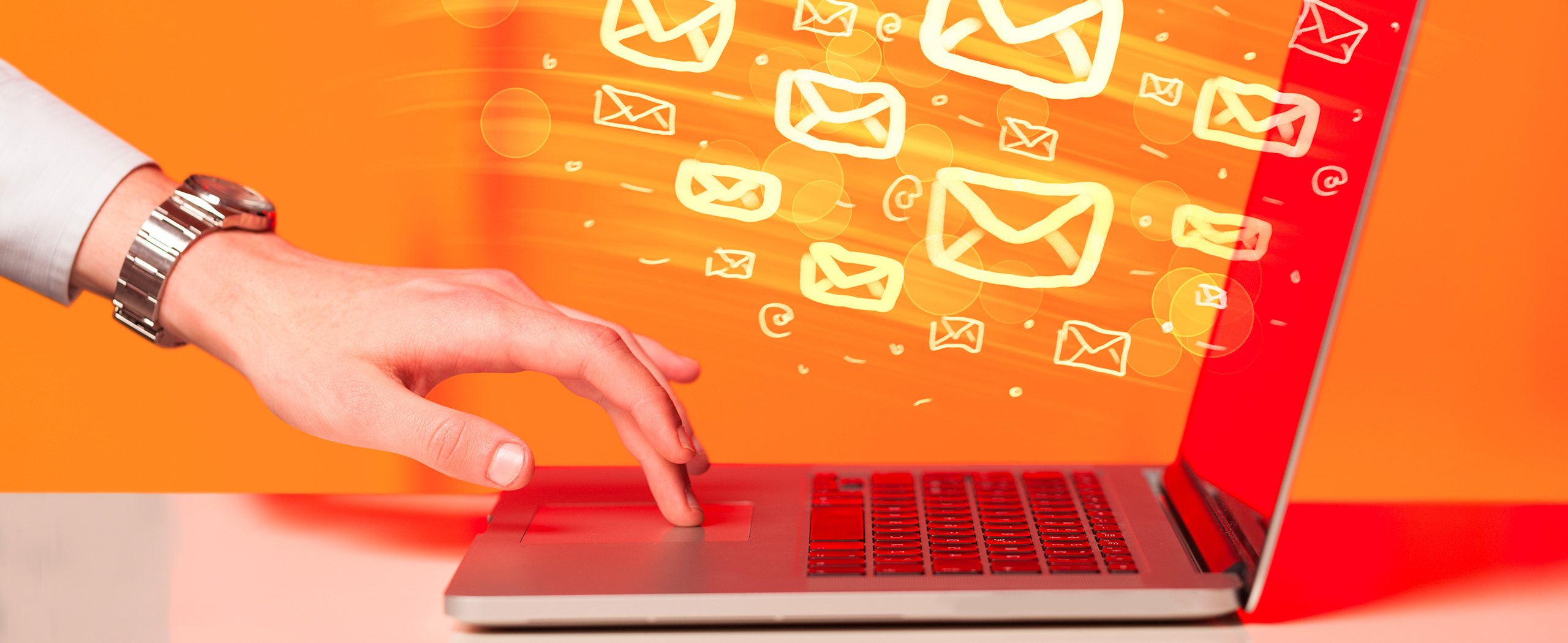Business-to-consumer (B2C) email marketing can be an effective means of advertising. It offers a huge number of benefits, including being reasonably cost-effective, fast and targeted when necessary. But it also means you can reach a large number of people at once. Several factors do need to be considered when you embark on a B2C email marketing campaign, however. These include timing, relevance, number of emails and also a few legal considerations.
Email Marketing and the Law.It's good to know where you stand legally in terms of email marketing. The first thing to ensure is that it's incredibly clear as to the purpose of your business. Concealing or 'tricking' the recipient into believing that you are selling a different product or service will not be looked upon kindly. It must also be clear where the email was sent from. Recipients need to have opted in to communications and an option to unsubscribe must be included in emails. Provided you have followed these simple rules then a successful email marketing campaign can be begin.
Content.Keep your content relevant, both to your business and your customers. In terms of newsletters, some stories may be relevant to your business but insignificant to your customer; for instance, a clothes retailer may have changed its logistics method, but customers are unlikely to care because all they want is news on forthcoming trends, collaborations with designers and celebrity endorsements. High-quality content will also be much better received than low-quality writing, poor images and a bad layout. It sounds obvious, but many marketing emails fail at these hurdles.
Timing and Frequency.People tend not to enjoy having emails constantly fill their inbox. If they receive too many emails from an advertiser, they are more likely to unsubscribe. The rate should not exceed four mailouts a month (less is very much more in this case). Of course, that is unless your brand has daily or weekly deals and the customer is aware they have signed up for daily or weekly emails.
Timing can be tricky. Are all your customers in the same time zone? If not, send emails out at different times accordingly. Most marketing emails are read within an hour after they are sent; as time passes they may move too low down the inbox to be read. The best time to send emails varies according to sector, and according to a report which analysed 900 million emails by Pure360 these times are as follows:
- Automotive 7-9pm
- Charity 4-6pm
- Education 7-9pm
- Events 8-9pm
- Finance 7-10pm
- Green/Energy 12pm-3pm
- Hotels 10-11am
- Leisure 10am-12pm or 10-11pm
- Marketing 5-7pm
- Publishing 7-8pm
- Retail 10-11am or 4-6pm
- Travel 3pm or 10-11pm
- Technology 12pm-3pm
It is recommended that the best time to send consumer emails is during the ‘Post Work Peak’ - between 5pm and 6pm, as people are finishing work and starting to head home. 26% of marketing emails which are sent in this hour are opened, which is 9% above the average.
Technology.Also bear in mind that the workplace is no longer the only place people check their email. Some people check their emails on their smartphones before they are out of bed, or on their tablets on the way to work or during breakfast. Make sure your email is configured to work on all platforms and devices. An email that doesn't load properly (e.g., the images don't appear) is unlikely to be read.
Competition for having emails read and clicked is high. That being said, it's an effective form of marketing and is straighforward to execute, making it worth the effort to deploy correctly.
Are you a dynamic leader who excels in your field and has the drive to propel rapid growth? If you lead a prominent or ambitious challenger business or brand, we want to hear from you. Get in touch to discover how we can support your goals ›

